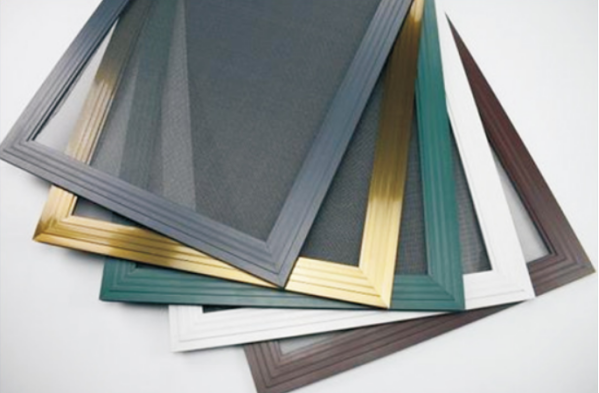Understanding Swaged Gratings A Comprehensive Overview
Swaged gratings have become an increasingly important component in various industrial applications, particularly in the realms of construction, architecture, and engineering. This technique involves a cold working process that modifies the surface of metals to create a grating structure, which is characterized by its distinctive patterns and high load-bearing capabilities. In this article, we will explore the concept, manufacturing process, and applications of swaged gratings, and why they have become essential in modern design and engineering.
What Are Swaged Gratings?
Swaged gratings, sometimes referred to as swaged steel grating, are made from metal bars arranged in a grid-like pattern through a process called swaging. This technique essentially compresses and distorts the material, which results in a series of uniformly spaced holes or slots, enhancing both strength and flexibility. The primary materials used for swaged gratings are usually aluminum, carbon steel, or stainless steel, all of which provide different mechanical properties suitable for a variety of applications.
Manufacturing Process
The manufacturing of swaged gratings begins with high-quality flat bars, which are subjected to a swaging machine. This machine uses a series of dies to compress the bars at controlled angles, creating the necessary slots and holes that define the grating. The cold-working nature of the swaging process increases the strength of the material, making swaged gratings exceptionally durable.
Post swaging, the gratings undergo surface treatment to enhance resistance to corrosion and wear. Common treatments include painting, galvanizing, or applying an anti-slip coating. These processes not only extend the life of the grating but also improve its aesthetic appeal, allowing it to blend harmoniously with a variety of architectural styles.
Applications of Swaged Gratings
swaged grating

The versatility of swaged gratings makes them suitable for numerous applications across different industries. Here are some of the common uses
1. Walkways and Platforms Swaged gratings are ideal for creating walkways, platforms, and other surfaces that require a combination of strength and lightness. Their load-bearing capabilities ensure safety and durability, making them ideal for industrial settings.
2. Drainage Solutions The open design of swaged gratings allows for the effective drainage of water, making them perfect for use in parking lots, pedestrian walkways, and drainage systems in various construction projects.
3. Safety Barriers These gratings can also serve as safety barriers in industrial environments, providing secure fencing while allowing visibility and airflow.
4. Architectural Features With their stylish and modern appearance, swaged gratings have found their way into architectural designs, enhancing the aesthetic quality of buildings, bridges, and parks.
5. Public Infrastructure In urban settings, swaged gratings are often used in public infrastructure projects, including bridges and roads, where strong yet lightweight materials are necessary.
Conclusion
In conclusion, swaged gratings represent a fusion of functional engineering and creative design. Their ability to handle heavy loads while maintaining a lightweight profile makes them an ideal choice for a vast array of applications. As industries evolve and demand innovative solutions for design and functionality, swaged gratings will undoubtedly continue to play a pivotal role in transforming spaces and enhancing safety. As we move forward, it is clear that the significance of swaged gratings will only grow, underscoring their importance in both industrial and architectural landscapes.
-
Turn Down the Noise: The Future of Highway Sound Barriers
NewsApr.09,2025
-
Silence the Sound: The Power of Highway Noise Barriers
NewsApr.09,2025
-
Reduce Road Noise Effectively with Highway Noise Barriers
NewsApr.09,2025
-
Noise-Free Living: How Highway Barriers Make a Difference
NewsApr.09,2025
-
Engineered for Silence: Highway Noise Barriers for Every Road
NewsApr.09,2025
-
Effective Noise Control: Highway Barriers for a Quieter Tomorrow
NewsApr.09,2025
Subscribe now!
Stay up to date with the latest on Fry Steeland industry news.

